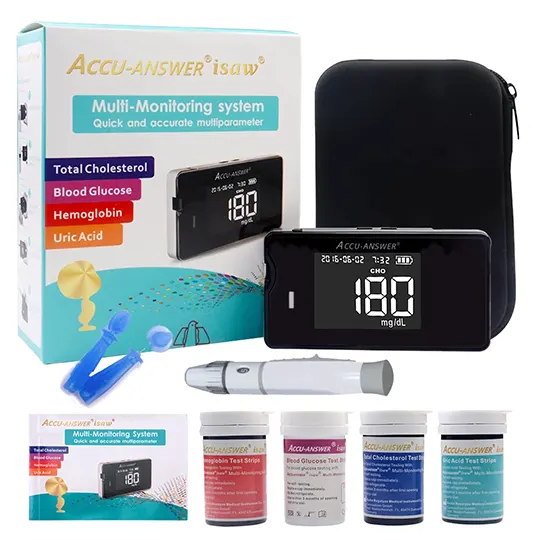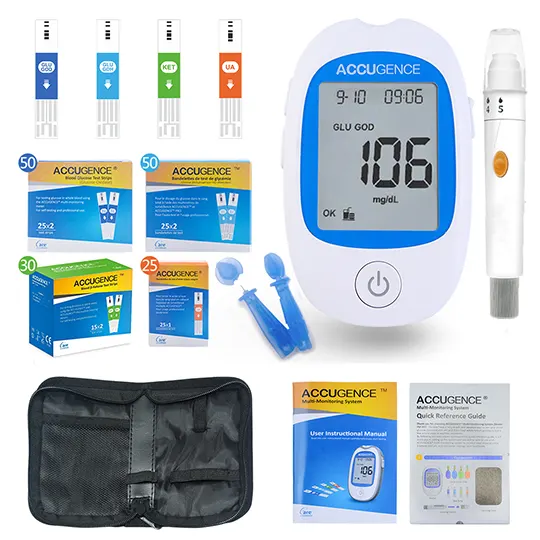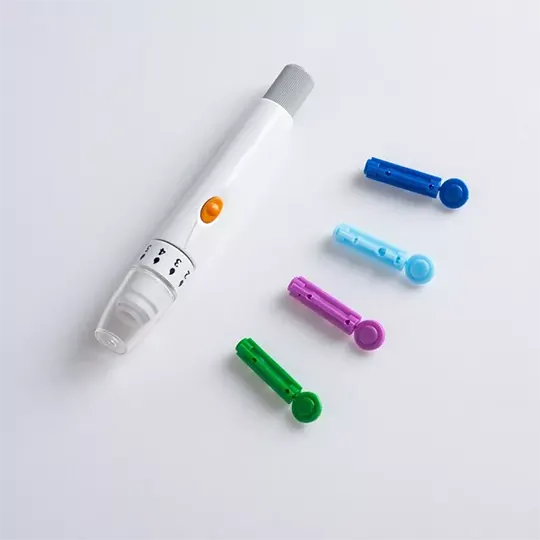Nystan Oral Suspension (Ready -Mixed)
Active ingredient: nystatin
- 1. Name of the medicinal product
- 2. Qualitative and quantitative composition
- 3. Pharmaceutical form
- 4. Clinical particulars
- 4.1 Therapeutic indications
- 4.2 Posology and method of administration
- 4.3 Contraindications
- 4.4 Special warnings and precautions for use
- 4.5 Interaction with other medicinal products and other forms of interaction
- 4.6 Fertility, pregnancy and lactation
- 4.7 Effects on ability to drive and use machines
- 4.8 Undesirable effects
- 4.9 Overdose
- 5. Pharmacological properties
- 5.1 Pharmacodynamic properties
- 5.2 Pharmacokinetic properties
- 5.3 Preclinical safety data
- 6. Pharmaceutical particulars
- 6.1 List of excipients
- 6.2 Incompatibilities
- 6.3 Shelf life
- 6.4 Special precautions for storage
- 6.5 Nature and contents of container
- 6.6 Special precautions for disposal and other handling
- 7. Marketing authorisation holder
- 8. Marketing authorisation number(s)
- 9. Date of first authorisation/renewal of the authorisation
- 10. Date of revision of the text
1. Name of the medicinal product
Nystan 100,000 units/ml Oral Suspension (Ready-Mixed)
2. Qualitative and quantitative composition
Ready mixed oral suspension containing 100,000 units nystatin per ml.
Excipient(s) with known effect:
Excipients with known effect: ethanol, methyl parahydroxybenzoate (E218), propyl parahydroxybenzoate (E216), sodium and sucrose.
For the full list of excipients, see section 6.1.
3. Pharmaceutical form
Oral suspension.
4. Clinical particulars
4.1 Therapeutic indications
The prevention and treatment of candidal infections of the oral cavity, oesophagus and intestinal tract. The suspension provides effective prophylaxis against oral candidosis in those born of mothers with vaginal candidosis.
4.2 Posology and method of administration
Posology
Adults:
For the treatment of denture sores, and oral infections in adults caused by C.albicans, 1 ml of the suspension should be dropped into the mouth four times daily; it should be kept in contact with the affected areas as long as possible.
Children:
In intestinal and oral candidosis (thrush) in infants and children, 1 ml should be dropped into the mouth four times a day. The longer the suspension is kept in contact with the affected area in the mouth, before swallowing, the greater will be its effect.
For prophylaxis in the newborn the suggested dose is 1 ml once daily.
Older people:
No specific dosage recommendations or precautions.
In the prevention and treatment of candidiasis, the dosage regimen for Nystan should be continued for at least 48 hours after symptoms have disappeared. If signs and symptoms worsen or persist (beyond 14 days of treatment), the patient should be reevaluated, and alternate therapy considered.
4.3 Contraindications
Hypersensitivity to the active substance(s) or to any of the excipients listed in section 6.1.
4.4 Special warnings and precautions for use
Nystan Oral Suspension contains sucrose.
Patients with rare hereditary problems of fructose intolerance, glucose-galactose malabsorption or sucrase-isomaltase insufficiency should not take this medicine.
This medicinal product contains small amounts of ethanol (alcohol), less than 100 mg per dose.
This medicinal product contains methyl parahydroxybenzoate (E218) and propyl parahydroxybenzoate (E216) which may cause allergic reactions (possibly delayed).
Nystan oral preparations should not be used for treatment of systemic mycoses.
4.5 Interaction with other medicinal products and other forms of interaction
None known.
4.6 Fertility, pregnancy and lactation
Pregnancy
Animal reproductive studies have not been conducted with nystatin.
It is not known whether nystatin can cause foetal harm when administered to a pregnant woman or can affect reproductive capacity, however absorption of nystatin from the gastro-intestinal tract is negligible. Nystatin should be prescribed during pregnancy only if the potential benefits to be derived outweigh the potential risk to the foetus.
Breast-feeding
It is not known whether nystatin is excreted in human milk. Although gastrointestinal absorption is insignificant, caution should be exercised when nystatin is prescribed for a nursing woman.
4.7 Effects on ability to drive and use machines
None known.
4.8 Undesirable effects
Nystatin is generally well tolerated by all age groups, even during prolonged use. If irritation or sensitisation develops, treatment should be discontinued. Nausea has been reported occasionally during therapy.
Large oral doses of Nystatin have occasionally produced diarrhoea, gastrointestinal distress, nausea and vomiting. Rash, including urticaria, has been reported rarely. Steven-Johnson Syndrome has been reported very rarely. Hypersensitivity and angioedema, including facial oedema have been reported.
Reporting of suspected adverse reactions
Reporting suspected adverse reactions after authorisation of the medicinal product is important. It allows continued monitoring of the benefit/risk balance of the medicinal product. Healthcare professionals are asked to report any suspected adverse reactions via the Yellow Card Scheme at: www.mhra.gov.uk/yellowcard
4.9 Overdose
Since the absorption of nystatin from the gastro-intestinal tract is negligible, overdosage or accidental ingestion causes no systemic toxicity. Oral doses of nystatin in excess of 5 million units daily have caused nausea and gastrointestinal upset.
5. Pharmacological properties
5.1 Pharmacodynamic properties
Pharmacotherapeutic group: Antifungals for topical use, ATC code: D01AA01
Nystatin is an antifungal antibiotic active against a wide range of yeasts and yeast-like fungi, including Candida albicans.
5.2 Pharmacokinetic properties
Absorption
Nystatin is formulated in oral and topical dosage forms and is not systemically absorbed from any of these preparations.
Gastrointestinal absorption of nystatin is insignificant.
Elimination
Most orally administered nystatin is passed unchanged in the stool.
5.3 Preclinical safety data
No long-term animal studies have been performed to evaluate the carcinogenic potential of nystatin. No studies have been performed to determine the mutagenicity of nystatin or its effect on male or female fertility.
6. Pharmaceutical particulars
6.1 List of excipients
Ethanol, flavours, glycerin, methyl parahydroxybenzoate (E218), pH adjusters (hydrochloric acid, sodium hydroxide), propyl parahydroxybenzoate (E216), sodium carboxymethylcellulose (E466), sodium phosphate, sucrose, water.
6.2 Incompatibilities
None known.
6.3 Shelf life
2 years.
6.4 Special precautions for storage
Do not store above 25°C.
6.5 Nature and contents of container
30 ml amber glass bottle, packed in a cardboard carton with a graduated, polyethylene dropper.
6.6 Special precautions for disposal and other handling
Shake well before use.
Dilution is not recommended as this may reduce therapeutic efficacy.
Any unused medicinal product or waste material should be disposed of in accordance with local requirements.
7. Marketing authorisation holder
Vygoris Limited
930 High Road
London N12 9RT
United Kingdom
8. Marketing authorisation number
PL 47587/0005
9. Date of first authorisation/renewal of the authorisation
Date of first authorisation: 28 November 1990
Date of latest renewal: 08 February 2010
10. Date of revision of the text
January 2019




